(Calif.) Sacramento high school student Juzely Duran is all in. So is state schools chief Tom Torlakson.
Each in their own way is supporting the “All In for Health” campaign, a major effort aimed at using schools as a conduit for helping hundreds of thousands of uninsured students, parents and employees sign up for health benefits under President Barack Obama’s Affordable Care Act.
A project of The Children’s Partnership, a national nonprofit advocacy organization, the All In for Health campaign was launched last year to provide schools and child-care providers with tools to reach out to uninsured children and families with information about new health coverage options and even help them sign up.
“As education leaders, we have an important role to play in keeping children, families, and school employees healthy,” Torlakson wrote earlier this month in a letter to local educational agencies. “We all know that healthy kids are good learners and that teachers can’t teach to an empty classroom. Regular checkups, dental care, eyeglasses, and other preventive care measures make a difference.”
Although not directly related, the partnership effort aligns with the Obama administration’s current push to meet a March 31 deadline for getting six million people into the new health insurance system. Special targets of the president are those in the 18- to 34-year-old age bracket who are young, typically healthy and needed to balance the cost of premiums.
The White House is employing a web-program featuring games, videos and endorsements from superstar athletes as outreach hoping to get young people enrolled.
The Children’s Partnership, meanwhile, had already recognized the role of K-12 schools as community hubs and trusted sources of information on social welfare issues, said Wendy Lazarus, the group’s founder and co-president.
The fact that educators have a vested interest in their students being healthy, in class and ready to learn, she explained, also resonated with educators, giving credence to the effort to spread the word about options now available because of changes to health care laws.
Beginning this year, according to Lazarus, more than 1.4 million Californians – many parents of school-aged children, or uninsured school and child care center employees c became newly eligible for Medi-Cal. An additional 1.2 million people are expected to enroll in subsidized coverage throughCovered California, the state insurance exchange created under Obama’s health care act.
Among children, 420,000 are expected to be enrolled through Covered California, and 461,000 uninsured children are eligible but not enrolled in Medi-Cal, according to Lazarus.
Torlakson’s whole-hearted support, along with that of other state organizations including the California School Boards Association and the California School-Based Health Alliance, has since put the state out front as a leader in bringing health care to hundreds of thousands of children and their families, Lazarus said.
Since the enrollment period opened on Oct. 31, school leaders have distributed information –including fact sheets and webinars explaining the process – at back-to-school nights, health fairs and even sporting events.
Sample newsletters and email blasts were provided for distribution via text messages, websites and social media sites, and schools were urged to sponsor “enrollment nights” during which families could get information as well as assistance enrolling using school computers.
Juzely Duran, a 12th grader at Rio Americano High School in east Sacramento, was inspired by the fact that her mother, a licensed home daycare provider, had no health insurance. So, for her senior project, Duran organized a group of students to host a health and enrollment fair in her school’s library in January.
The 17-year-old’s effort drew some media attention, including segments on a couple of local newscasts, which she admits may have brought in more people than just sending fliers home with students would have.
“We really had a positive outcome. A lot of people signed up or scheduled an appointment with the representative for later that week,” Duran said in an interview with Cabinet Report. “My mom was uninsured and she was my inspiration to not only get my senior project done but also to be able to help her and the hundreds of thousands of people that live in my community who are uninsured.”
Durand’s mother’s case, said Lazarus, highlighted a common barrier facing many of the eligible uninsured – the woman wasn’t able to navigate the online signup process alone but once she sat down with a Covered California representative at the school event in January, she was able to sign up and receive coverage.
“It was awesome. Now she doesn’t have to worry about going to the hospital and having it cost like $2,000 to just sit on the bed,” Durand said. “It’s a relief that she doesn’t have to worry about the burden of paying that bill and it being a price that’s unbearable to pay.
“And, the insurance is affordable with the budget that she has” the girl added. “I mean it’s more affordable than paying the full price of visiting a doctor or going to the hospital.”
